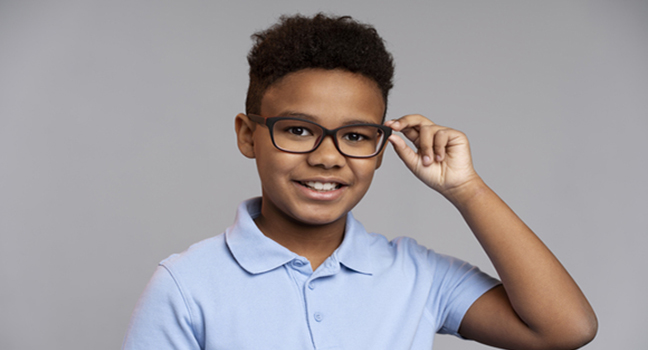
The use of low-concentration atropine eyedrops may significantly reduce the incidence of myopia in children, according to a randomized clinical trial. The trial involved 474 nonmyopic children aged 4 to 9 years and lasted for two years.
Myopia
Myopia, also known as nearsightedness, is a common eye condition that affects many children worldwide. It is characterized by a refractive error that causes distant objects to appear blurry, while nearby objects remain clear. If left untreated, myopia can progress to high myopia, a more severe form of the condition that is associated with an increased risk of eye diseases such as glaucoma, cataracts, and retinal detachment.
Clinical trial
The study aimed to evaluate the efficacy of low-concentration atropine eyedrops at 0.05% and 0.01% concentration for delaying the onset of myopia. Participants were randomly assigned to three groups: the 0.05% atropine group, the 0.01% atropine group, and the placebo group. They were instructed to apply the eyedrops once nightly in both eyes for two years.
The results showed that the 0.05% atropine group had a significantly lower incidence of myopia compared to the placebo group. The 2-year cumulative incidence of myopia in the 0.05% atropine group was 28.4%, while that of the placebo group was 53.0%. The difference between the two groups was statistically significant.
